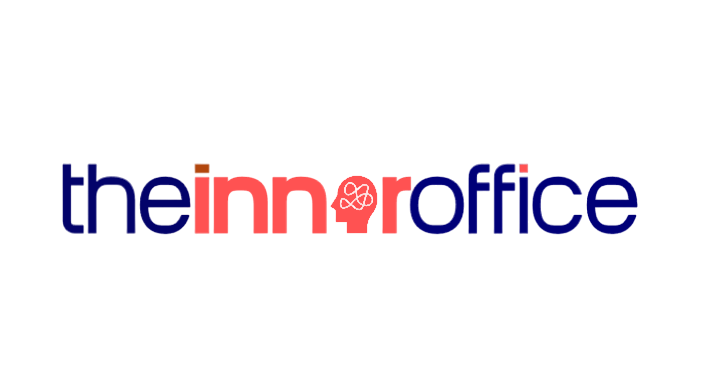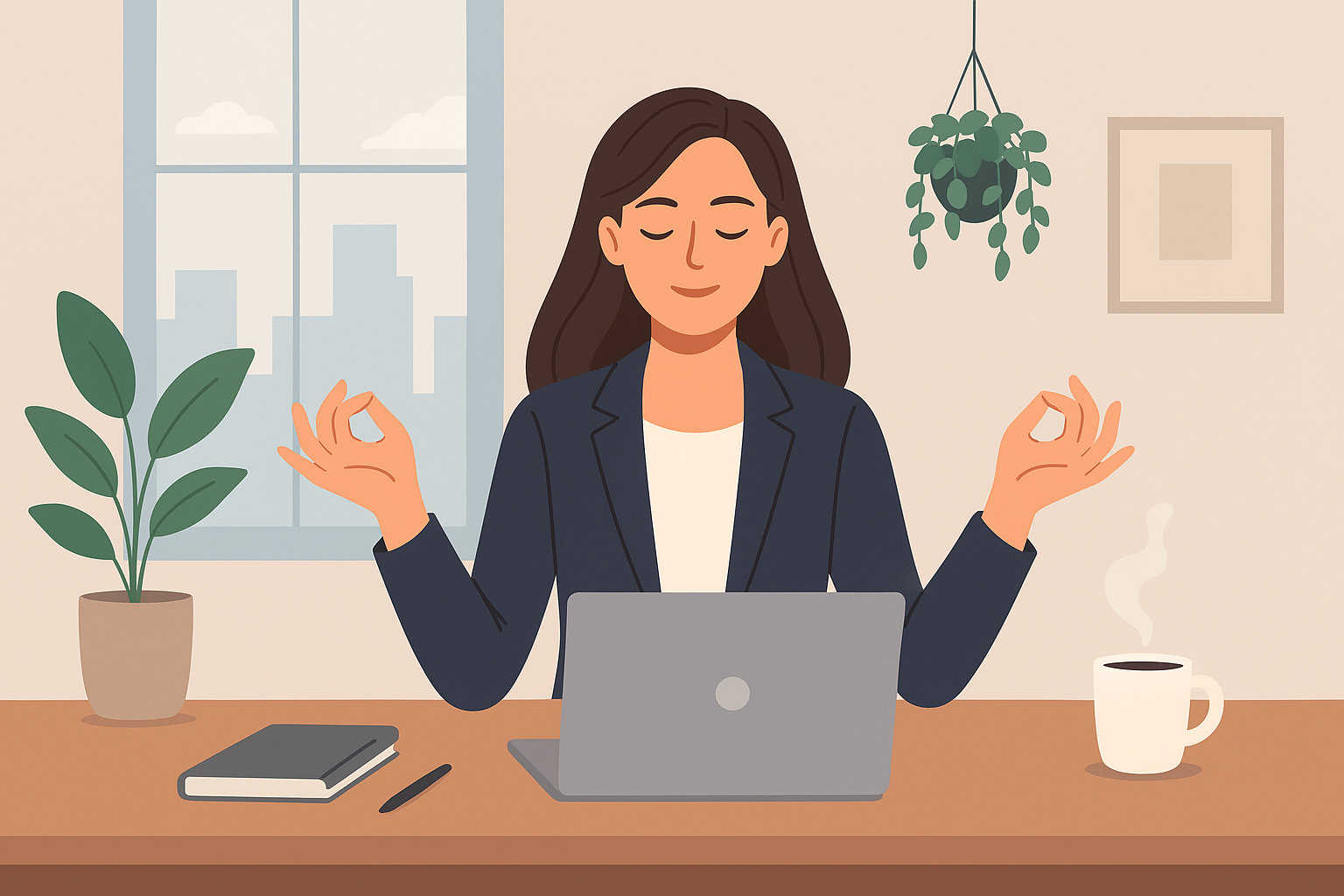Stillness: The Secret Fuel for Professionals
Modern professionals are praised for their speed—how fast they respond to emails, multitask across projects, or push through late nights. But true success doesn’t come from constant motion. It comes from clarity, balance, and presence. That clarity comes from stillness.
Stillness is not laziness or wasted time; it is a reset that fuels productivity, resilience, and creativity. In fact, some of the most successful leaders and innovators practice forms of stillness daily, whether through meditation, reflection, or quiet walks. This blog explores why stillness matters for professionals and how to integrate it into a busy life.
The Myth of Busyness = Success
Busyness has become a modern badge of honor. When asked, “How are you?” most professionals reply, “Busy.” But busyness doesn’t always equal progress. It often means scattered focus, drained energy, and poor decision-making.
Stillness flips the script. It slows the mind so you can focus on what truly matters. It helps professionals move from reacting to responding. In a world of noise, stillness is power.
Image Suggestion: A person sitting calmly in a crowded office space, headphones on, eyes closed, while everything around them blurs.
Science of Stillness: What Pausing Does to the Brain
Neuroscience proves the benefits of stillness. When you pause, your brain shifts from the overactive “fight-or-flight” mode to the calmer parasympathetic state. This reduces stress hormones like cortisol and increases clarity.
Research shows:
- Mindfulness practices enhance focus and working memory.
- Regular stillness reduces burnout and anxiety.
- Short meditation sessions improve problem-solving.
Stillness doesn’t just quiet the mind; it rewires it for resilience. For professionals under constant pressure, this is not luxury—it’s survival.
Image Suggestion: A brain illustration glowing with light during meditation.
Practical Stillness Practices for Professionals
Stillness can take many forms. You don’t need to sit cross-legged for hours. Instead, try these accessible practices:
- Mindful Breathing – Spend five minutes focusing only on your breath. Inhale deeply, exhale slowly, repeat.
- Silent Walks – Take a walk without your phone. Notice nature, your steps, or the breeze.
- Journaling – Write down thoughts to declutter the mind. Reflect instead of react.
- Meditation Apps – Use short guided sessions during breaks.
- Evening Reflection – Spend ten minutes in quiet gratitude before sleep.
The goal is not perfection—it’s presence. Even small moments of stillness create big results.
Creating Micro-Moments of Pause at Work
Many professionals think, “I don’t have time for stillness.” The truth is—you don’t need hours. Micro-moments are enough.
- Before a meeting: Close your eyes, take three deep breaths.
- During lunch: Eat without your phone or laptop—just taste and enjoy.
- Between tasks: Pause for one minute, stretch, and reset focus.
- After work: Sit quietly before heading home, letting the day’s stress go.
These pauses are like mental pit stops. Without them, your performance slows. With them, you recharge and sharpen your focus.
Image Suggestion: A professional sitting at a desk, eyes closed, hands resting calmly on the table.
Emotional Intelligence Through Stillness
Stillness isn’t just mental—it shapes emotional intelligence (EQ). Professionals who practice stillness tend to:
- Respond instead of react in conflict.
- Show more empathy and patience with colleagues.
- Handle setbacks with calm perspective.
Think of it this way: when your mind is calm, your emotions don’t spill over. You gain space between stimulus and response, which is the foundation of strong leadership.
Case Studies: Leaders Who Thrive Through Stillness
Many high-performing leaders integrate stillness:
- Bill Gates famously takes “Think Weeks,” retreating to read and reflect.
- Oprah Winfrey practices meditation daily and encourages her team to do the same.
- Steve Jobs credited mindfulness for his creative clarity at Apple.
These leaders didn’t just work harder—they worked smarter, fueled by stillness. Their example shows that slowing down doesn’t kill success; it creates it.
Image Suggestion: A minimalist workspace with a journal, pen, and closed laptop—symbolizing reflection.
Building a Consistent Routine of Quiet
Like any skill, stillness requires practice. To make it a habit:
- Schedule it: Block 10–15 minutes of stillness on your calendar.
- Create a space: Dedicate a corner of your home or office for quiet reflection.
- Start small: Begin with 2–3 minutes daily, then expand.
- Pair with routines: Attach stillness to daily habits (morning coffee, pre-meeting prep).
- Be patient: Your mind will wander at first—stick with it.
Over time, stillness becomes second nature. It stops feeling like “extra work” and becomes part of your professional toolkit..
The Deeper Link: Stillness and Purpose
Beyond stress relief, stillness connects professionals with deeper purpose. When the noise quiets, you hear your inner voice. This is where clarity about values, direction, and priorities emerges.
Without stillness, professionals may climb ladders only to realize they leaned against the wrong wall. With stillness, you align daily work with personal meaning. Purpose makes success not just achievable—but fulfilling..
Closing Reflection
Stillness is not about doing nothing—it’s about creating space for everything that matters. In a world that glorifies busyness, professionals who embrace stillness stand out. They think clearer, lead calmer, and perform better.
The secret is simple: when you pause, you don’t fall behind—you move ahead with focus, energy, and purpose. Stillness is not a retreat from success; it is the fuel that powers it.
Take a moment today. Close your eyes. Breathe deeply. This is where clarity begins.



